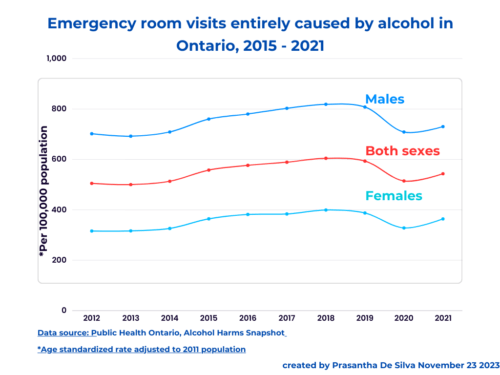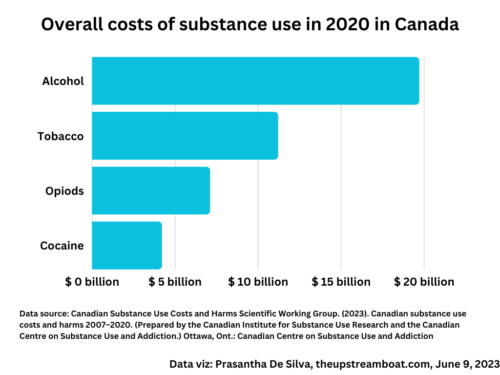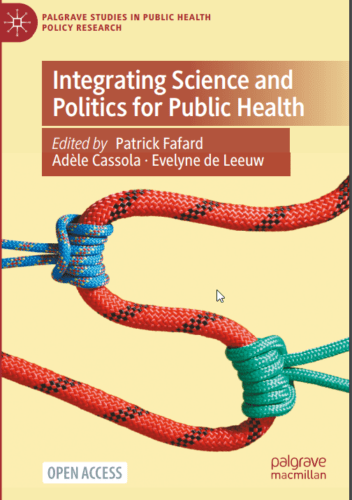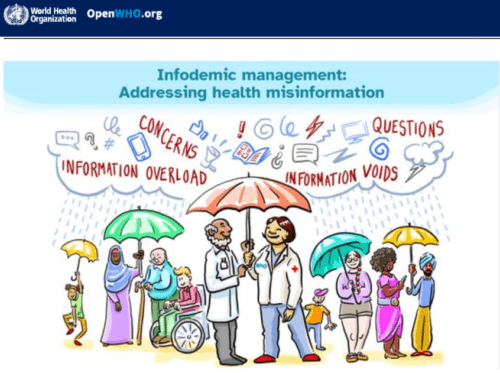In 2009, the WHO published its hand hygiene promotion strategy. It was a multi-modal strategy and consisted of five modes. These were as follows;
WHO’s multi-modal hand hygiene strategy
- System change,
- Training and education,
- Evaluation and feedback,
- Reminders in the workplace,
- and institutional safety climate.
Moreover, the WHO published a guide to facilitate the implementation of those strategies. I summarized it below.
Component 1: System change
Contrary to my expectation, it is not about a systems change per se; rather, it refers to availability and accessibility to products that require handwashing: alcohol-based hand rub at the point of care; access to a safe, continuous water supply, soap, and towels.
Component 2: Training and education
This refers to the training and education on the “My 5 moments for hand hygiene” depicted below. However, this should include the exact hand hygiene technique too.
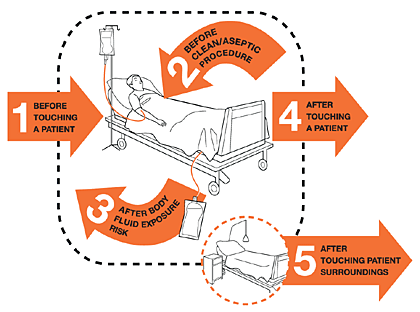
Component 3: Evaluation and feedback
Under the evaluation and feedback, the strategy begins with monitoring hand hygiene practices and infrastructure and related perceptions and knowledge among healthcare workers. Implementing this component alone requires a research unit because monitoring hand hygiene practices is not easy and could be marred with biases including the Hawthorne effect.
Component 5: Sending reminders at the workplace
Yes, reminders help to promote the practice; however, regular changes to the messages are necessary since “message fatigue” surely will settle in with time. I am not sure why this “activity” takes such a prominent place in the multi-modal strategy.
Component 6: Institutional Safety Climate
I believe this is the most crucial strategy in any behaviour change effort since it is the immediate environment we live in that ensures sustainability. However, the challenge is how to create it. The toolkit is not clear about its road map in this regard.
The 2015 expert review: An important milestone
Due to the absence of significant improvements, a European expert group updated the previous recommendations based on the evidence that surfaced between 2009 and 2012. Their recommendations were based on a systematic review including 92 studies published between 1996 and 2012. The Lancet published its report in 2015. Their focus was mainly on hospital organization and management structure under which they identified ten key components.
Of those ten components, I am here highlighting the critical issues that need to be emphasized in the current context according to my opinion.
Number of beds per infection control nurse ratio
Traditionally, this ratio has been static in the past 30 years: 1 nurse to 250 hospital beds. The experts viewed in this paper that it should be reduced to 1 nurse to 100 beds in acute care settings and 1 nurse to 150-250 beds in long-term care settings.
Limitations of the infection control teams
The experts seem to be very clear on this; that the presence of effective infection control teams, although essential, is inadequate to achieve infection control goals. Furthermore, it also depends on;
- Hospital organization
- Bed occupancy
- Staffing
- Workload
This is common sense too. How can one adhere to complete hand hygiene procedures whenever they are pressured by a smaller number of staff members and a higher workload? It all depends, in turn, on the hospital’s organization and management.
Easy access to materials and the presence of ergonomics experts
Surprisingly, the hospital authorities seem to have overlooked this dimension altogether according to the paper.
Education and training
Quite correctly, they recognize that education and training should be accompanied by relevant leadership engagement and environmental modification. They go further by underlying that whatever the training should include interventions with strong “behavioural component aimed at removing barriers and helping the learners to manage their workload without compromising the quality”. We all know this is not an easy task.
More importantly, they too seem not to be having a clear road map either. The study authors claim that positive organizational culture can “only” emerge with a genuine interest in “leaders”. According to my thinking, this is unlikely to happen without a “paradigm shift” of thinking.
Paulo’s “critical consciousness”
This is where Paulo Freire’s “critical consciousness” should come into play. What is being used in education and training programs so far is the traditional “banking” model in which the teacher/trainer “deposits” the knowledge on the learner and the learners are expected to practice those without question.
I will write about it later.
2017 update: new WHO recommendations
In 2017, Julie Storr and her colleagues updated the previous report with new evidence. According to them, these recommendations were for acute care settings although its core components could apply to any healthcare setting, potentially including long-term care settings too. It included eight components, unlike the previous five components.
It seems that the WHO has yet to develop its new implementation strategy and tools.


